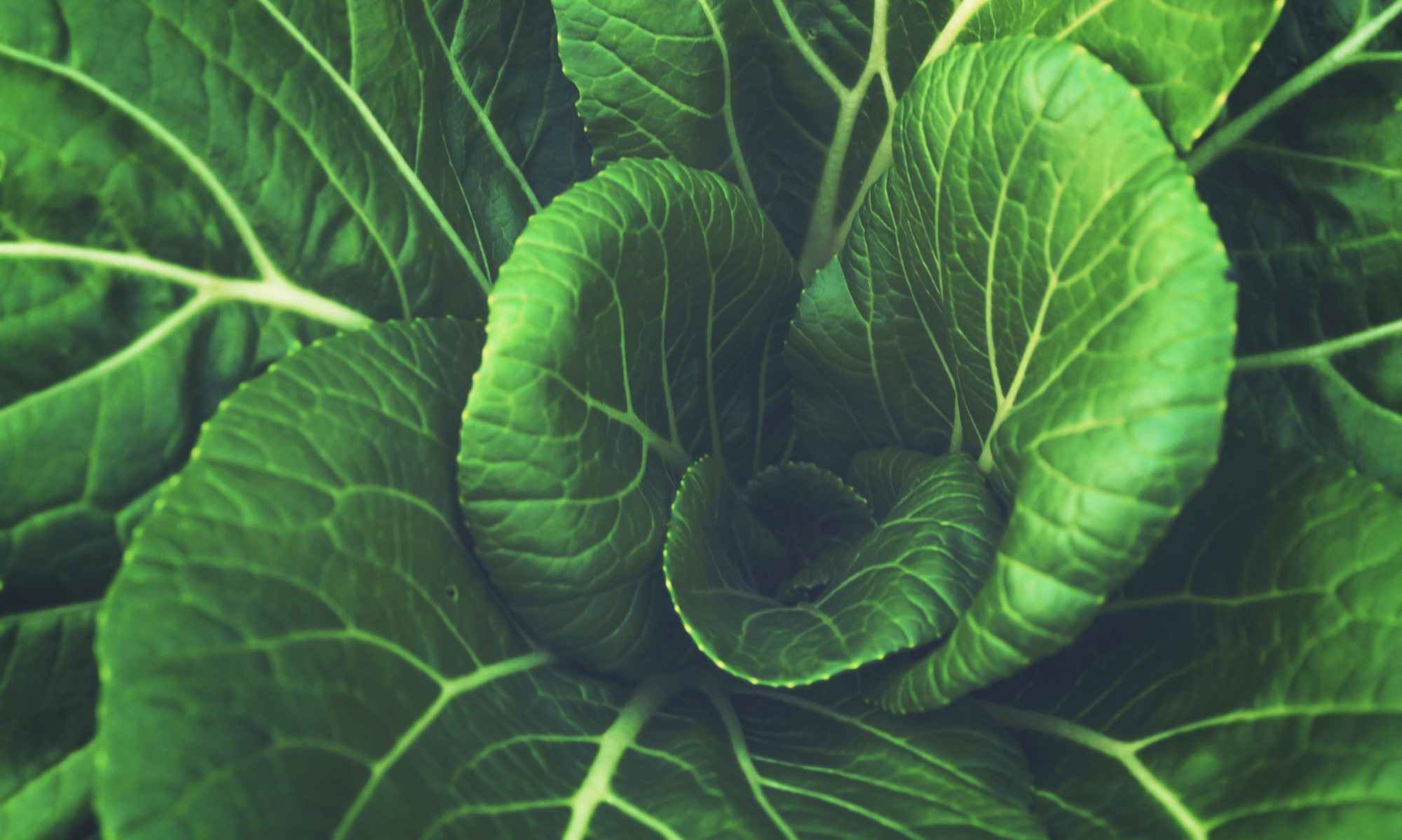Blood Cholesterol
People often get scared about bad cholesterol (LDLs) and how they cause problems in blood circulation. Specifically, cholesterol imbalances are thought to increase inflammation in the arteries and cause devastating damage such as heart attacks and stroke. This is all true in part. However, it is not the amount of cholesterol that causes these issues but the reason the cholesterol is in LDL form in the first place.
So why is LDL so high in so many people? The reason has to do with the overworked liver. When the liver begins to get fat, it enters panic mode and sends out fat as fast as possible. In order to do this, it can choose from two basic options:
- LDL: Bad cholesterol exists because it is capable of carrying much more fat than good cholesterol. This is like a public bus that can carry many people at a time.
- HDL: Good cholesterol is more like an Uber. It takes less fat but is more specific in where the passengers need to go.
Thus, when the liver needs to unload its burden, it obviously goes for the LDL. This is what causes such problems in modern society. Not high cholesterol but high blood sugar and insulin. In fact, research indicates that LDL is perfectly harmless but the interaction of LDL with high blood sugar and insulin is what causes it to become pathological.
Blood Pressure
Chronic high blood pressure in adults is never the result of salt intake. Sure, a day of bloating may cause discomfort but when you deal with years of high blood pressure, the reason is often quite different. In most cases, high insulin is why our bodies hold on to so much water. When we eat sugar, our bodies import it into the blood fast by using sodium transporters (see concentration gradient post). Over time, this allows lots of salt into the blood, regardless of how much salt you were eating. In addition, research shows that high insulin allows even more salt to enter the blood.
To make matters worse, chronic fructose circulation appears to stress out the kidney. When fructose is circulating in the blood (waiting for the liver to metabolize it), it actually tells the kidney to hold onto salt! In healthy adults, the kidneys are how blood salinity is controlled. With all of these factors working together, high blood pressure becomes inevitable.
Ultimately, insulin has been tied to countless diseases such as Alzheimer’s Disease and cancer, indicating that control of diet can have massive impacts on your health long-term.
Satiation
So why does “junk” food do so much damage? In short, it is the processing of the food which makes it so dangerous. Processing food makes our bodies unable to tell us when to stop eating. Take flour, a staple food in many cultures:
- Removing the Husk: In nature, grains like wheat had to be eaten in raw form, this meant consuming the fibers and fats along with the starchy seed. After the Agricultural Revolution, this was no longer the case.
- Removing the Fat: Industrialization allowed us to remove the fat from grain seeds so that they do not rot for a long time. This, once again, is not what we evolved to eat.
- Grinding the Seed: Why are so many oral drugs, legal (inside of pills) and illegal (cocaine), ground into a fine power? It provides more surface area for faster absorption into the blood. In the case of flour, there is no exception. Making anything with dough enables a huge spike in blood sugar upon consumption. As we have discussed at length above, if these spikes occur frequently enough, this is the first step towards long term damage.


